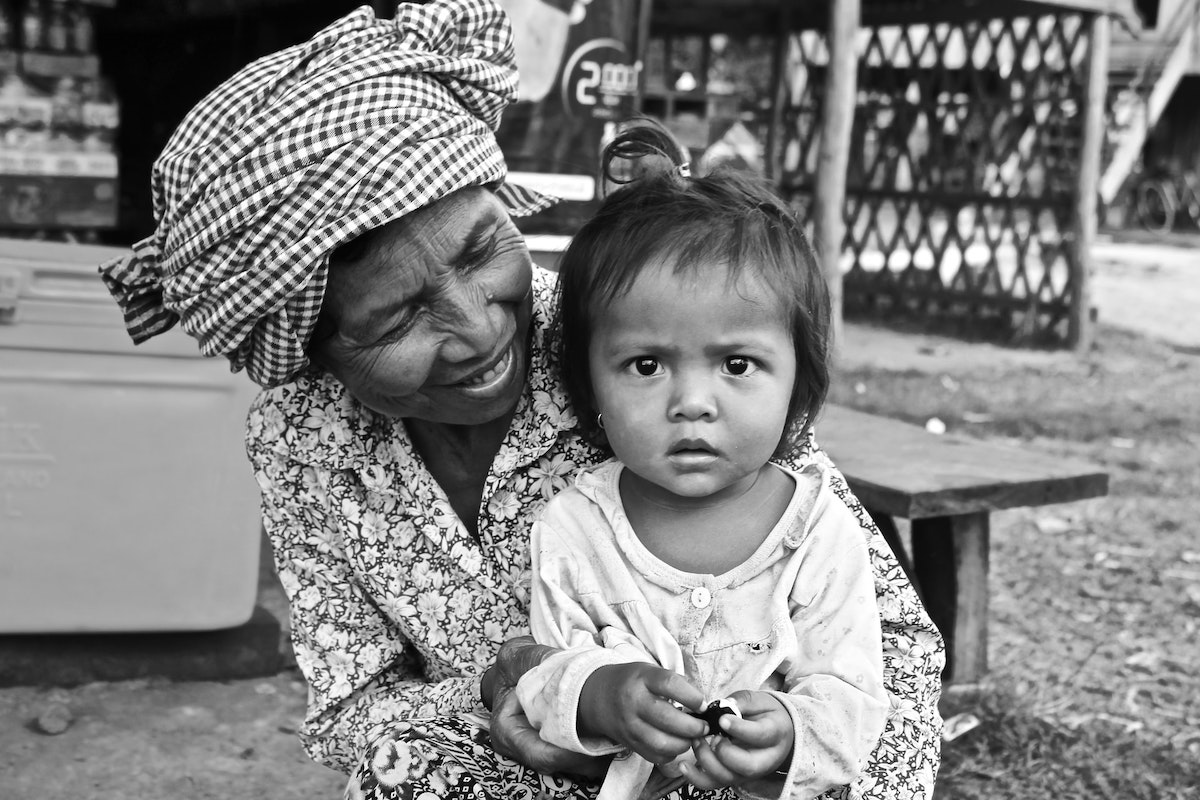- Authors: Stuart Gietel-Basten, Melissa LoPalo, Dean Spears, and Sangita Vyas
- Published in Economic Letters
- Download paper
Pritchett (1994) influentially examined the relationship between survey-reported ideal fertility and period total fertility rates. Pritchett's analyses found that country-period by country-period differences in fertility preferences could statistically account for the majority of the variation in period total fertility rates. This result was impactful because it suggested that preferences, rather than constraints such as contraceptive access, explain fertility outcomes. However, because Pritchett's analysis documented a correlation between two period measures, it cannot say whether a cohort of women achieves their fertility preferences, on average, over a life course. In the three decades since Pritchett's paper, a longer span of repeated cross-section data has been collected that allows us to revisit this question with data that tracks cohorts of women as they age. In this paper, we update this evidence by examining the relationship between ideal fertility in early adulthood and completed fertility for the same cohort of women in later adulthood. We find that the prior result replicates: The relationship between fertility preferences and completed cohort fertility is, if anything, even stronger in our data.
Photo by Camille.

